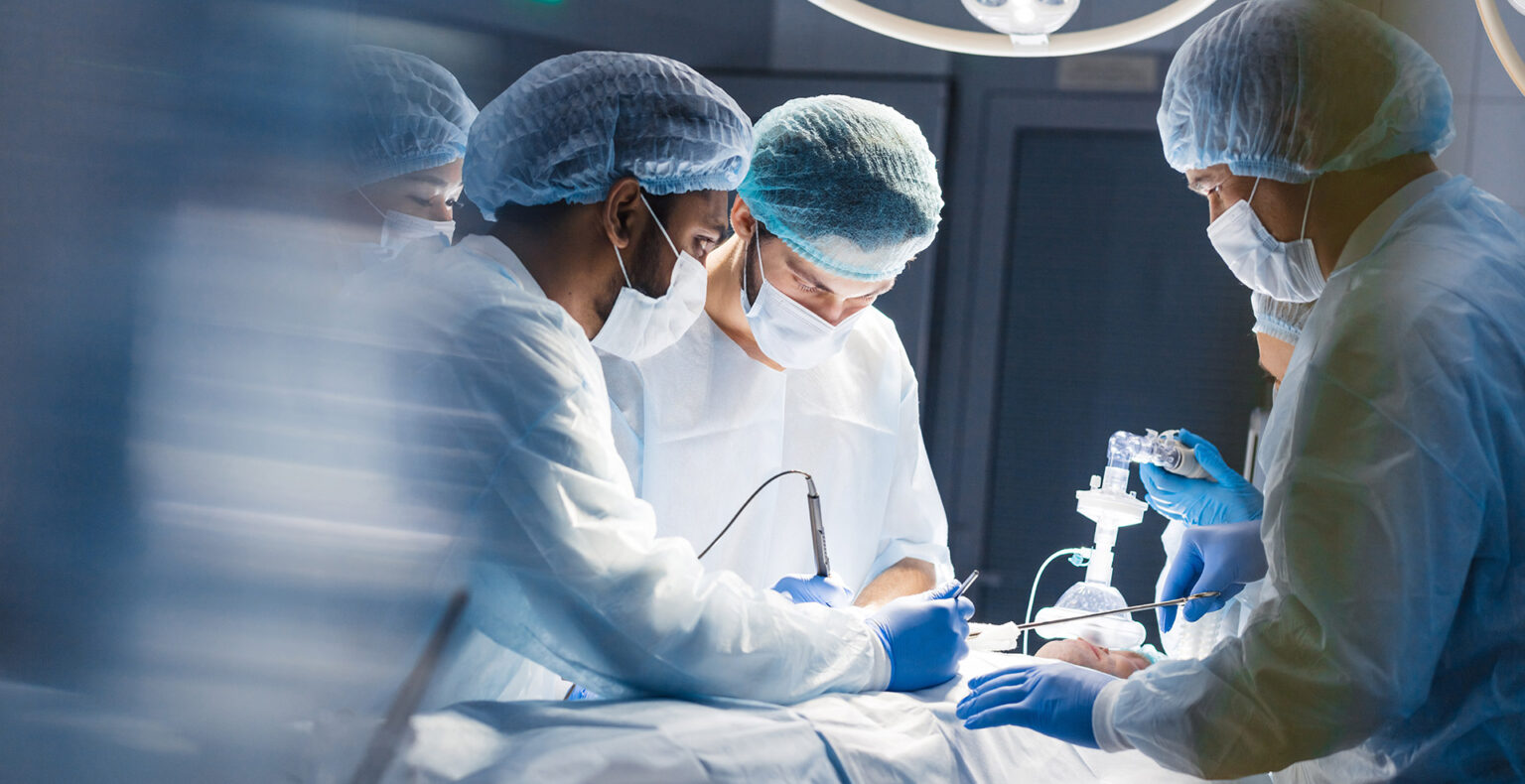
Many patients don’t realize how often their surgeon consults with others behind the scenes. General surgeons rarely make decisions in isolation. Even before the first incision, there’s coordination. Imaging is reviewed with radiologists. Labs are discussed with internists. If the patient is on cardiac medication, cardiologists may give clearance. In diabetic patients, endocrinologists help adjust insulin regimens before and after surgery. The surgeon becomes a hub of communication rather than a solo technician. This structure helps identify small issues early, before they turn into complications. Collaboration prevents oversights, especially in complex or multisystem diseases.
Preoperative plans are often refined with input from specialists based on the patient’s unique profile
Preoperative plans are often refined with input from specialists based on the patient’s unique profile. For example, in elderly patients, geriatricians may assess frailty before a major procedure. Nephrologists might adjust dialysis schedules or fluids for patients with kidney disease. Pulmonologists weigh in when the lungs have limited reserve. Surgeons bring these insights together and decide timing, technique, and location. Operating without these inputs risks mismanaging coexisting conditions. It’s less about following a standard and more about tailoring surgery to the person, not the diagnosis. Good surgical planning is often shaped by conversations outside the operating room.
When cancer is involved, general surgeons work closely with oncologists to align goals
When cancer is involved, general surgeons work closely with oncologists to align goals. Tumor removal isn’t just about location—it’s about margins, lymph nodes, and staging. Oncologists guide which tumors require pre-surgical chemotherapy or radiation. Surgeons adapt their approach based on how the tumor responds. After surgery, pathology results go back to the oncology team for review. From there, next steps are discussed: more chemo, imaging, or surveillance. The patient may not see these conversations, but they direct what happens next. A solo decision in oncology often leads to missed timing or suboptimal sequencing. Integration is critical.
Infectious disease teams often guide antibiotic strategies before and after complex abdominal procedures
Infectious disease teams often guide antibiotic strategies before and after complex abdominal procedures. General surgeons encounter contaminated or high-risk environments, especially in bowel surgeries or trauma. When infection risk is high, infectious disease specialists choose the right coverage. They adjust based on resistance patterns, cultures, or patient allergies. Postoperative infections require swift identification and tailored response. Surgeons may drain abscesses or remove infected material, but medical teams handle long-term antibiotic choices. Joint decisions reduce unnecessary antibiotic use and prevent resistance. Good collaboration here shortens hospital stays and improves outcomes.
Anesthesiologists play a central role in managing intraoperative stability and preoperative risk
Anesthesiologists play a central role in managing intraoperative stability and preoperative risk. Before surgery, they review cardiac, respiratory, and medication histories. Some patients require special airway planning or regional blocks. Intraoperatively, they maintain blood pressure, ventilation, and fluid balance. Surgeons rely on real-time updates from the anesthesiology team. Sudden changes—bleeding, arrhythmias, hypoxia—are handled cooperatively. Postoperative pain management is often arranged in advance with anesthesiologists using nerve blocks or patient-controlled devices. This relationship is not just support—it’s dynamic, responsive partnership during critical moments.
Nutrition specialists are frequently involved when surgical patients face long-term healing or chronic disease
Nutrition specialists are frequently involved when surgical patients face long-term healing or chronic disease. Patients with bowel resections, malabsorption, or cancer often have special needs. Feeding tubes, IV nutrition, or high-protein diets may be necessary. Malnourished patients heal slower and experience more complications. Surgeons consult dietitians to ensure calorie intake meets recovery needs. Sometimes, surgery is delayed until nutrition improves. After discharge, dietary monitoring continues to prevent weight loss or electrolyte imbalance. For these patients, food becomes therapy, not just sustenance. Medical nutrition is an often invisible but crucial partner in surgical recovery.
Hospitalists and internists manage chronic medications and coordinate care during inpatient recovery
Hospitalists and internists manage chronic medications and coordinate care during inpatient recovery. General surgeons focus on the operation and immediate complications. But long hospital stays require more than surgical care. Hospitalists adjust antihypertensives, monitor glucose, and handle non-surgical conditions. They notice trends in vital signs or lab values that may signal broader issues. They prepare discharge plans and arrange follow-up with specialists. This frees surgeons to concentrate on healing incisions, managing drains, and preventing infection. The system works best when everyone shares real-time updates across specialties. That level of coordination improves safety and transitions.
Radiologists provide critical imaging interpretation that shapes both diagnosis and surgical technique
Radiologists provide critical imaging interpretation that shapes both diagnosis and surgical technique. CT scans, MRIs, and ultrasounds are more than pictures—they’re maps. A surgeon studying a CT colonography looks for perforations, masses, or fluid collections. Interventional radiologists may drain abscesses or insert catheters before or after surgery. Radiology reports influence whether a case proceeds laparoscopically or through open surgery. Sometimes, surgery is canceled based on new imaging insights. Regular communication between radiologists and surgeons helps prevent unnecessary operations and identify anatomical variants. Their input is often the difference between success and complication.
Physical therapists are essential in early mobilization protocols after major surgical procedures
Physical therapists are essential in early mobilization protocols after major surgical procedures. Immobility increases the risk of pneumonia, clots, and muscle atrophy. PTs assess when a patient can safely begin walking or strengthening. They teach breathing exercises after abdominal surgery. Surgeons rely on them to guide mobility without compromising incisions or drains. In orthopedic cases, PTs design rehab timelines with surgeons. Progress is tracked closely and adjusted based on pain and strength. This collaboration ensures recovery remains active, not passive. Early movement shortens hospital stays and restores independence faster than bedrest alone.
General surgeons often become the bridge between multiple specialties who don’t directly interact
General surgeons often become the bridge between multiple specialties who don’t directly interact. They gather updates from cardiology, nephrology, radiology, and rehab teams. Surgeons relay findings and adjust decisions accordingly. In complex cases, they become the organizing voice across disciplines. This role isn’t always visible to patients. But it’s central to how modern surgical care works. Surgery is no longer isolated—it’s woven through systems. A successful outcome reflects not just technical skill, but information flow and team alignment. Surgeons who manage this flow well elevate outcomes in subtle but powerful ways.
